

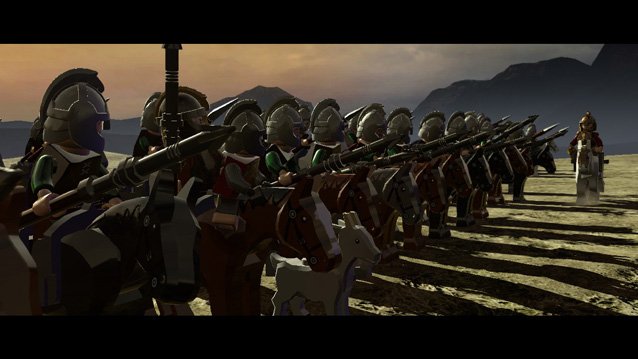
I like LEGO Lord Of The Rings for the same reasons I like Grand Theft Auto: San Andreas. By many definitions, they're terrible games. Or rather, they're collections of different, not-terribly-effective games. San Andreas is a decent driving game, a middling shooter, and a monumentally frustrating flying game combined with half a dozen mini-games like a rhythm game or dating sim. LEGO Lord Of The Rings is fairly linear action/adventure game combined with a hunt for a bunch of secrets and various mini-games of its own.
Both games also struggle with difficulty. The mish-mash of different gameplay components has always made Grand Theft Auto tougher to apply consistent difficult to—driving may be easy, shooting may be hard, or vice versa, to take one example, not to mention San Andreas' famously frustrating lack of save points inside multi-part plot missions.
San Andreas and LLOTR are more interested in getting a broad mood set. Most everything else, including the “gameplay,” is incidental.Meanwhile, LLOTR is absurdly easy, impossible to lose at, if all you're doing is trying to finish the plot missions. But if you're trying to collect all the objects and high scores the game rewards you for? Then the awkward combat interface can lead to deaths that damage attempts to get high scores, or the annoyance of trying to figure out where secrets are in a camera-limited section of a level. The manner of difficulty in both games tends to come more from a feeling that the game is too limited to let the player succeed, as opposed to it providing a proper challenge.
But here's the thing: these complaints don't matter. They're still great games. Why? Because I will always have an immediate gut reaction to the Shire theme music, properly used in LEGO Lord Of The Rings. Because driving down the California coast in a sports car to Danzig's “Mother” is coolness incarnate. Because it's ridiculous and amazing to pull off my own Ocean's 11 heist in Las Venturas. And because seeing the Rohirrim line up, Theoden riding on front tapping his sword on their spears, Eowyn and Merry screaming for the charge to relieve the siege of Minas Tirith will never ever not give me goosebumps, even when it's in LEGO form.
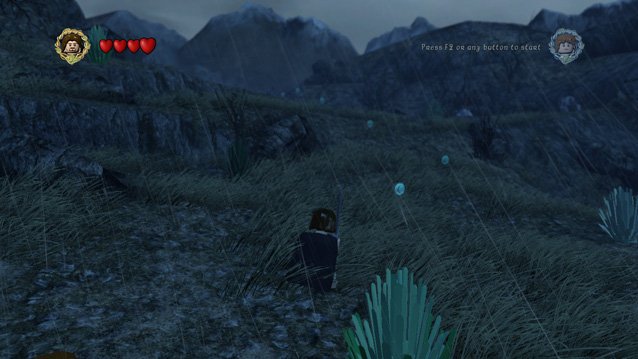
Both games succeed despite their obvious flaws because they operate at a level above and beyond “do the components of this game work?” They're operating at a symbolic, even mythological level. They know that we know how these stories work—the heroic fantasy, the gangster flick. And they both provide just enough from those stories that we can mentally play along. We have to see Gandalf on the bridge, facing the Balrog. And we have to see C.J. betrayed by the people he thought were his old friends, then facing the Rodney King riots. But we don't have to see everything else. We have the knowledge, the memories, and the music to fill in all the blanks, to create closure.
It's the opposite of how most game stories are built. They aim, often foolishly, for literal and direct meaning, where everything is explained. For most games, every single piece of the game world exists to be part of the game. San Andreas and LLOTR are more interested in getting a broad mood set. Most everything else, including the “gameplay,” is incidental.
This is why both games have so many different things to do, or items to collect. If you just play the story mode in both, you can finish and still not have seen, found, or built more than 20% of the things in the game. Those things are simply the hooks to drape the presentation and mythology off of, like listening to early gangsta rap while doing offroad races just because those races are there, not because San Andreas is a better racing game than Burnout or Forza.
What exemplifies this most, I think, are the moments in LEGO Lord Of The Rings—and all LEGO games since Star Wars II, to be fair—where you see a pile of bouncing LEGO pieces, and move your character over to them, then hold down a button. As long as you hold it, the character starts using those pieces to assemble something cool, something with in-world relevance, something that allows you progress. You don't actually assemble the pieces yourself as the player, and there's virtually no challenge at all (unless your character is being attacked). You just hold the button and watch the thing being built while pleasant clack-clack-clack noises are played. When it's completed, it makes a very satisfying ka-thunk and lets you move on ahead. It's a firm reminder that you're in a LEGO game, even though it doesn't actually involve the LEGOs, as well as your existence within whatever licensed world it is. It doesn't matter that it's not a challenge, and barely involves player agency. It's great just to be there, doing something, anything. It's great to be in the worlds of LEGO Lord Of The Rings and Grand Theft Auto: San Andreas, doing something, anything. That's what they're there for.



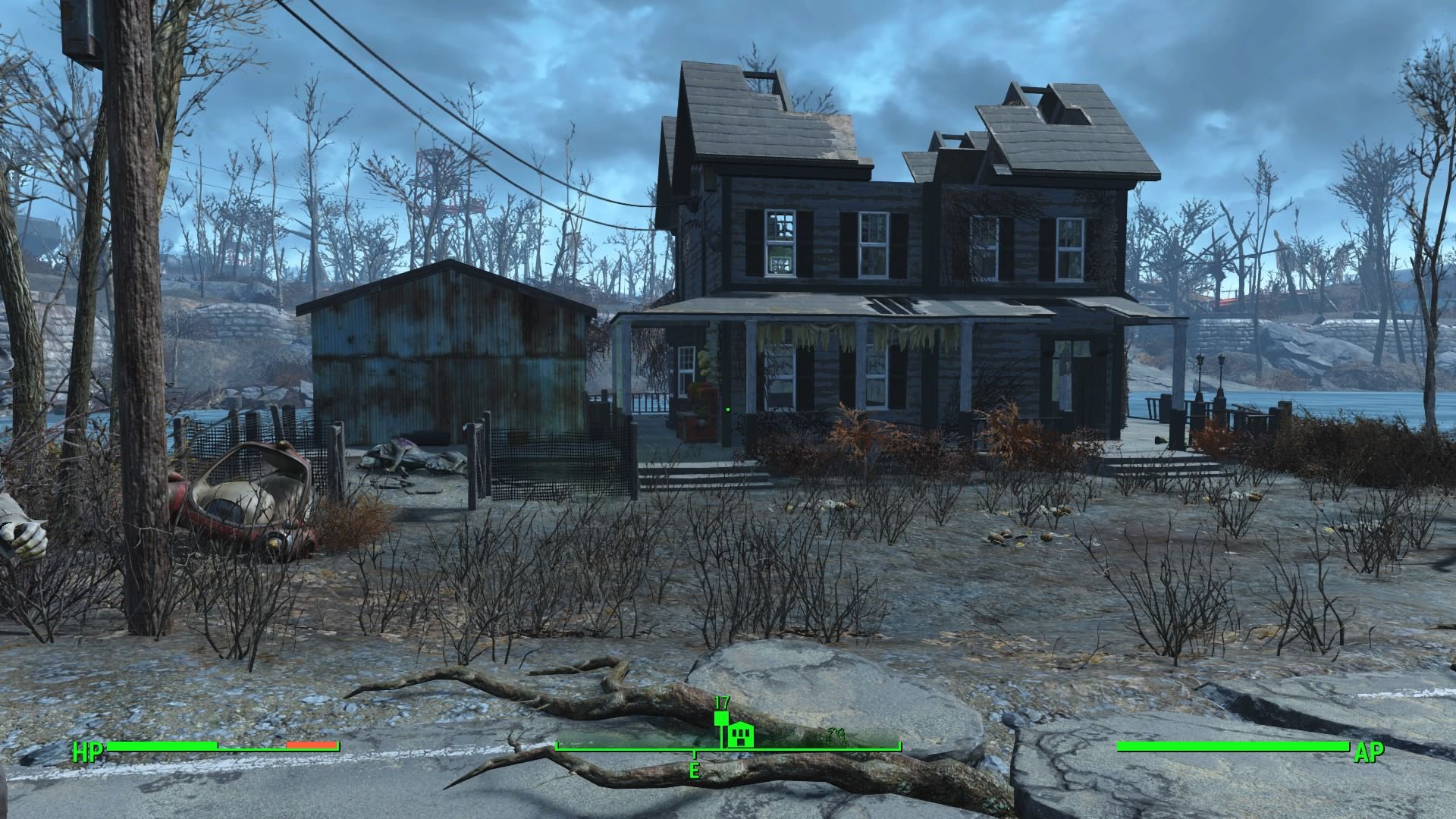
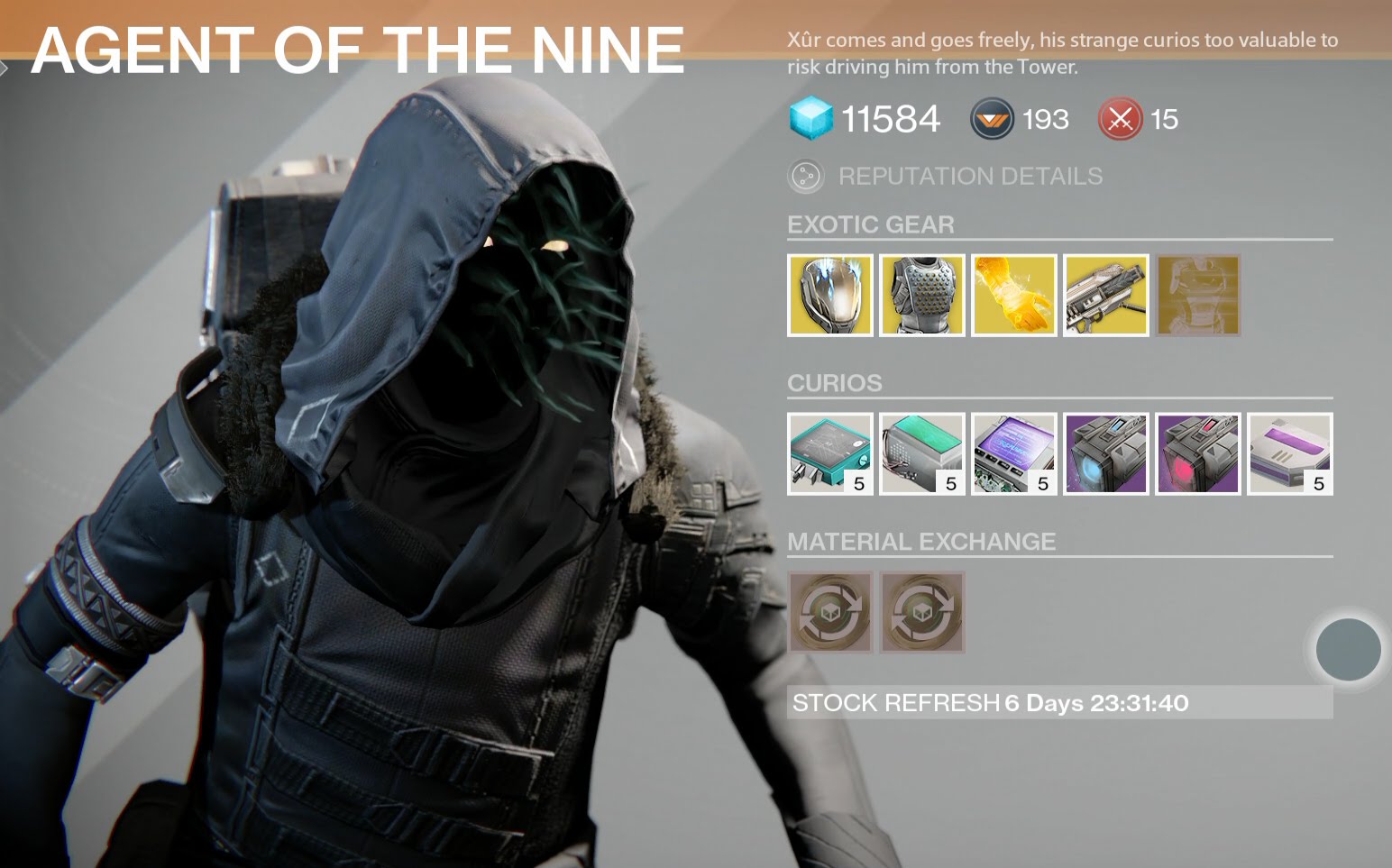 How To Increase Your Light Level In Destiny
How To Increase Your Light Level In Destiny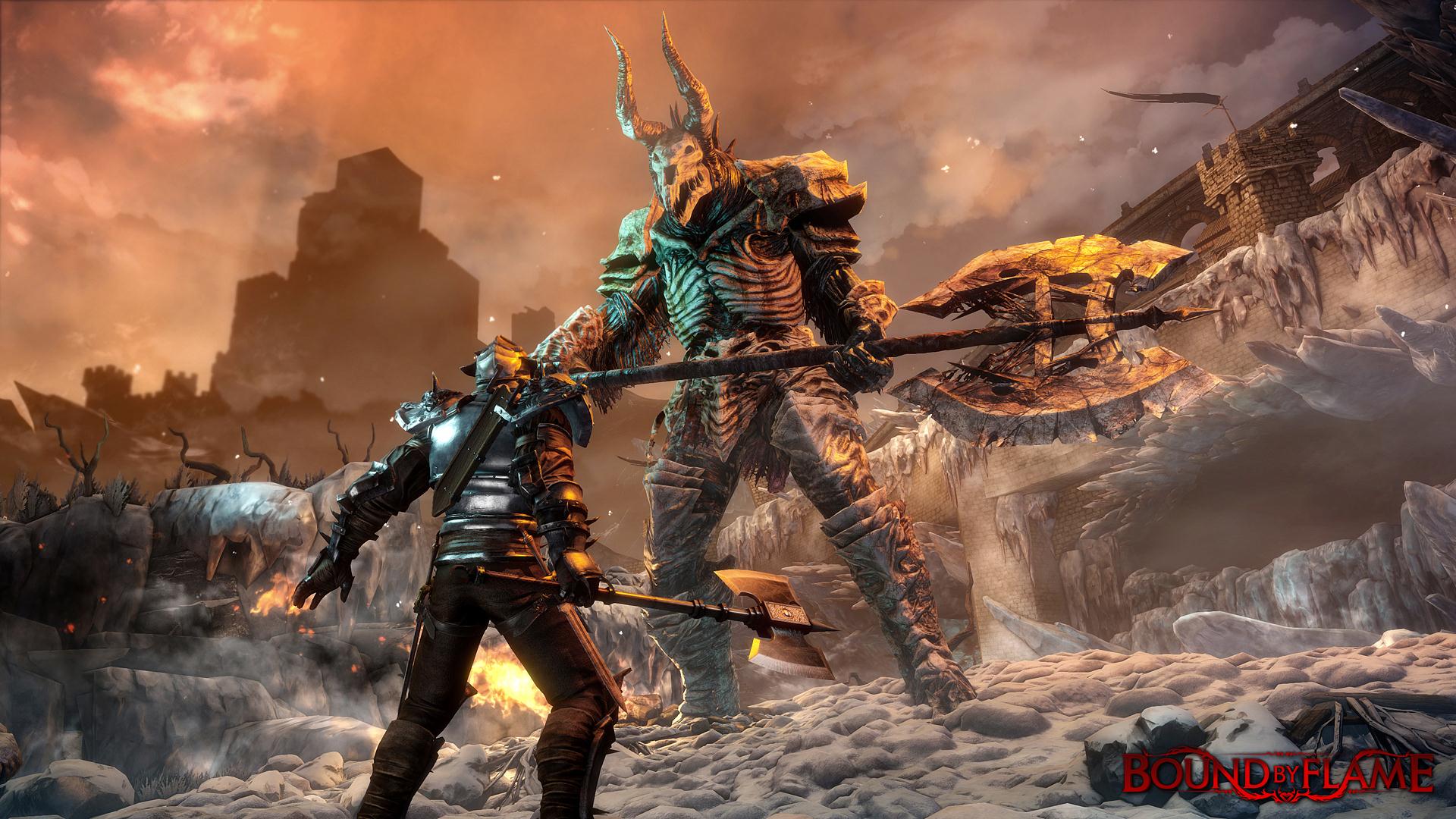 Bound by Flame: Randval Quest Problems (Solved)
Bound by Flame: Randval Quest Problems (Solved) 10 Great Gifts for Windows Users
10 Great Gifts for Windows Users Splatoon Tips and Tricks: Ten Steps to Conquer Multiplayer
Splatoon Tips and Tricks: Ten Steps to Conquer Multiplayer How To Register For Black Desert Online's Russian Beta Test
How To Register For Black Desert Online's Russian Beta Test